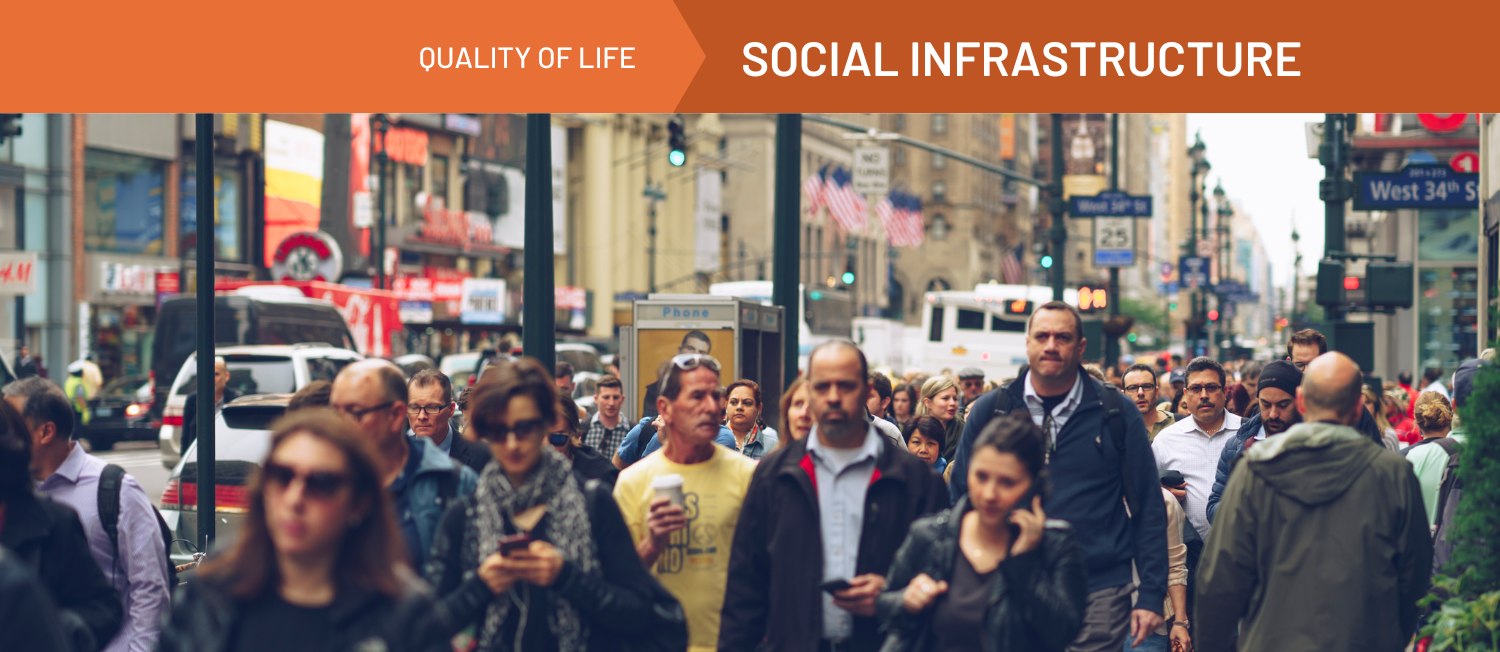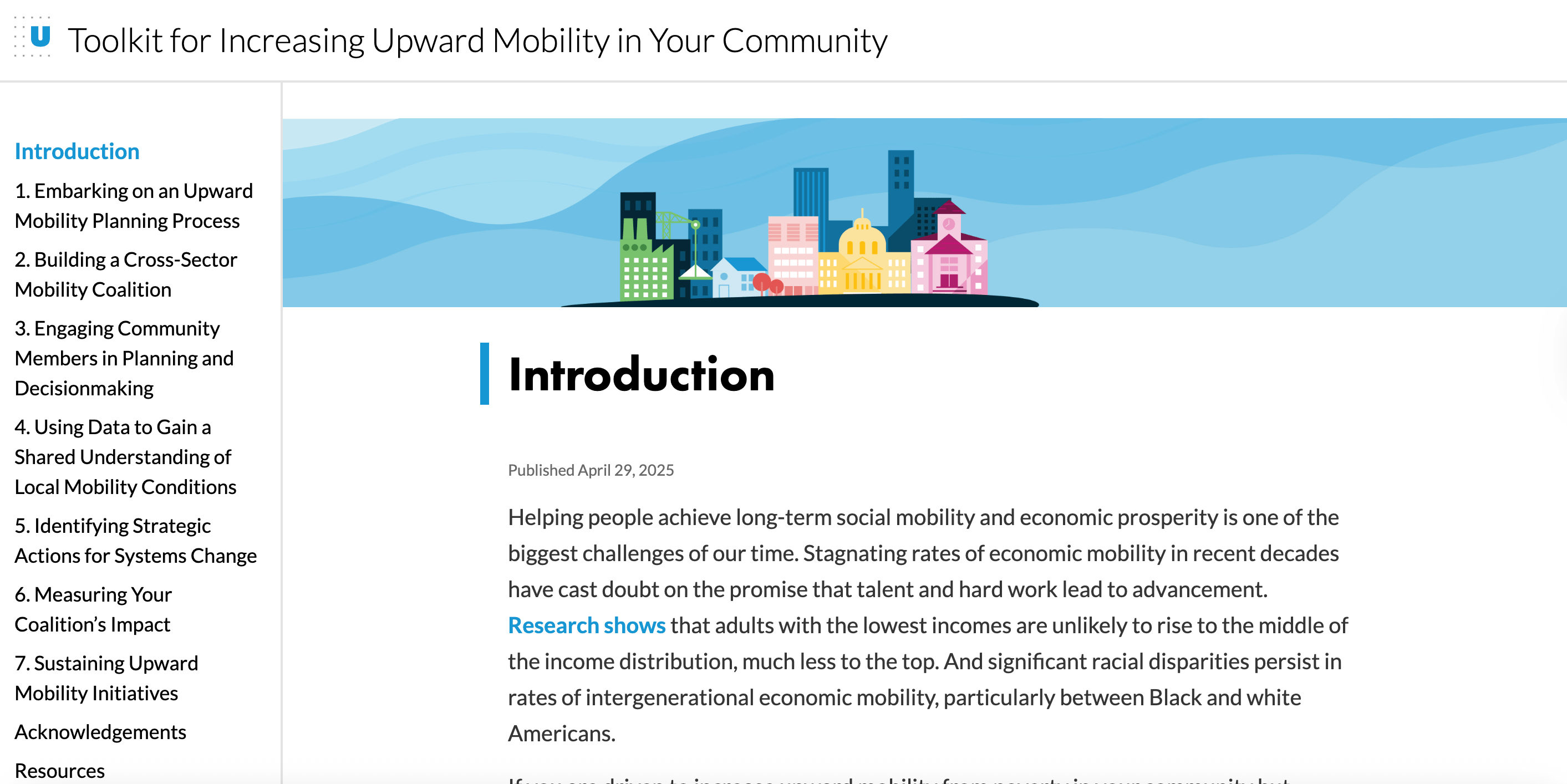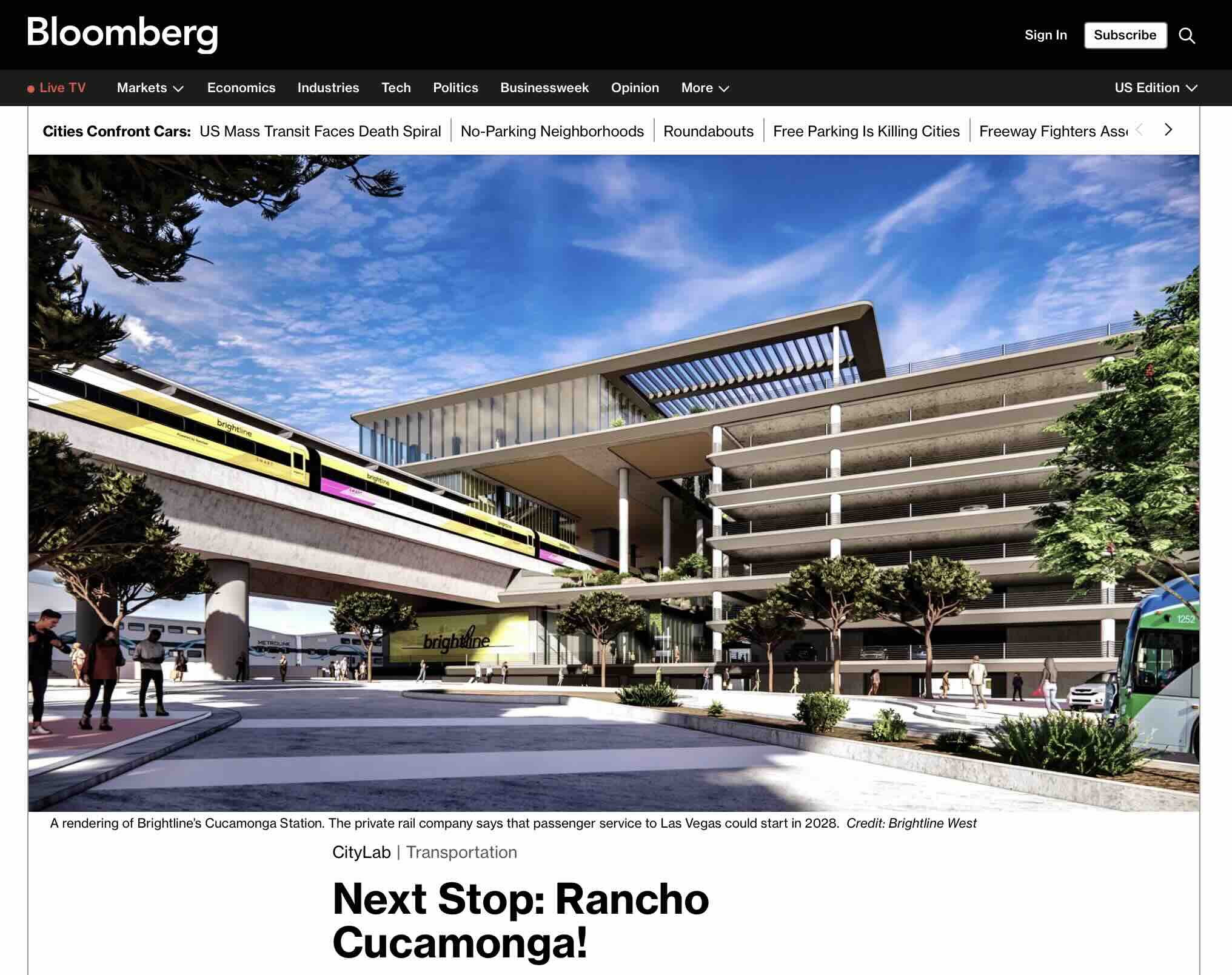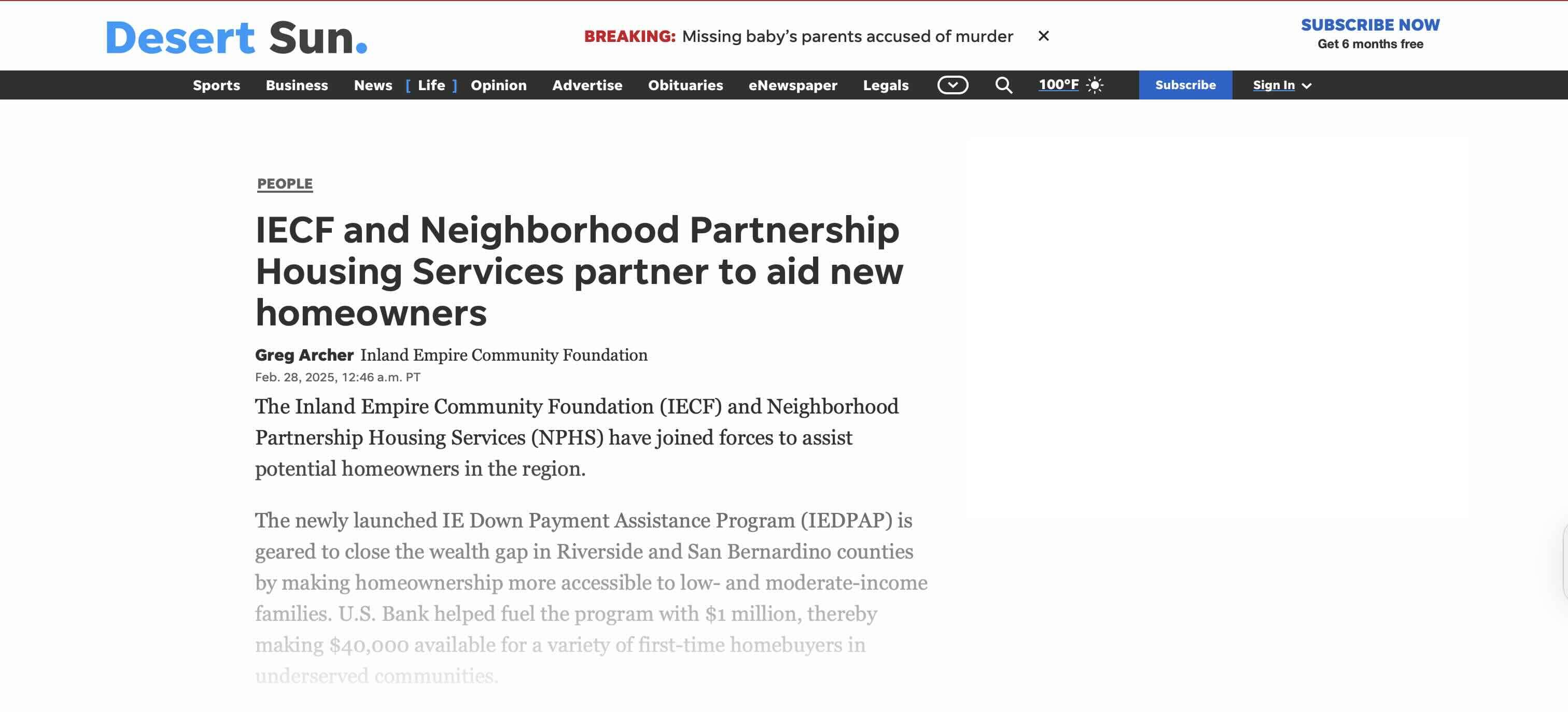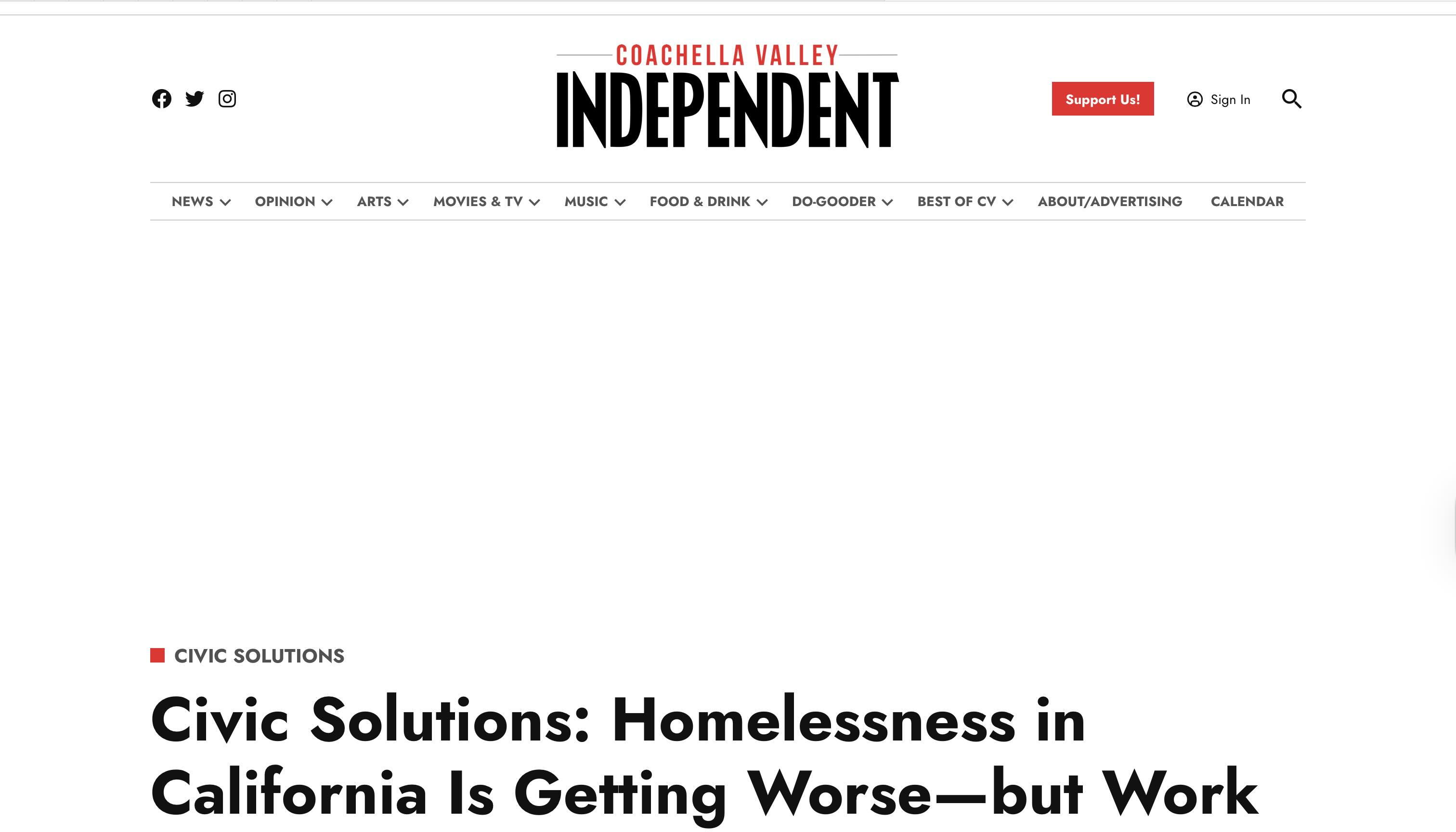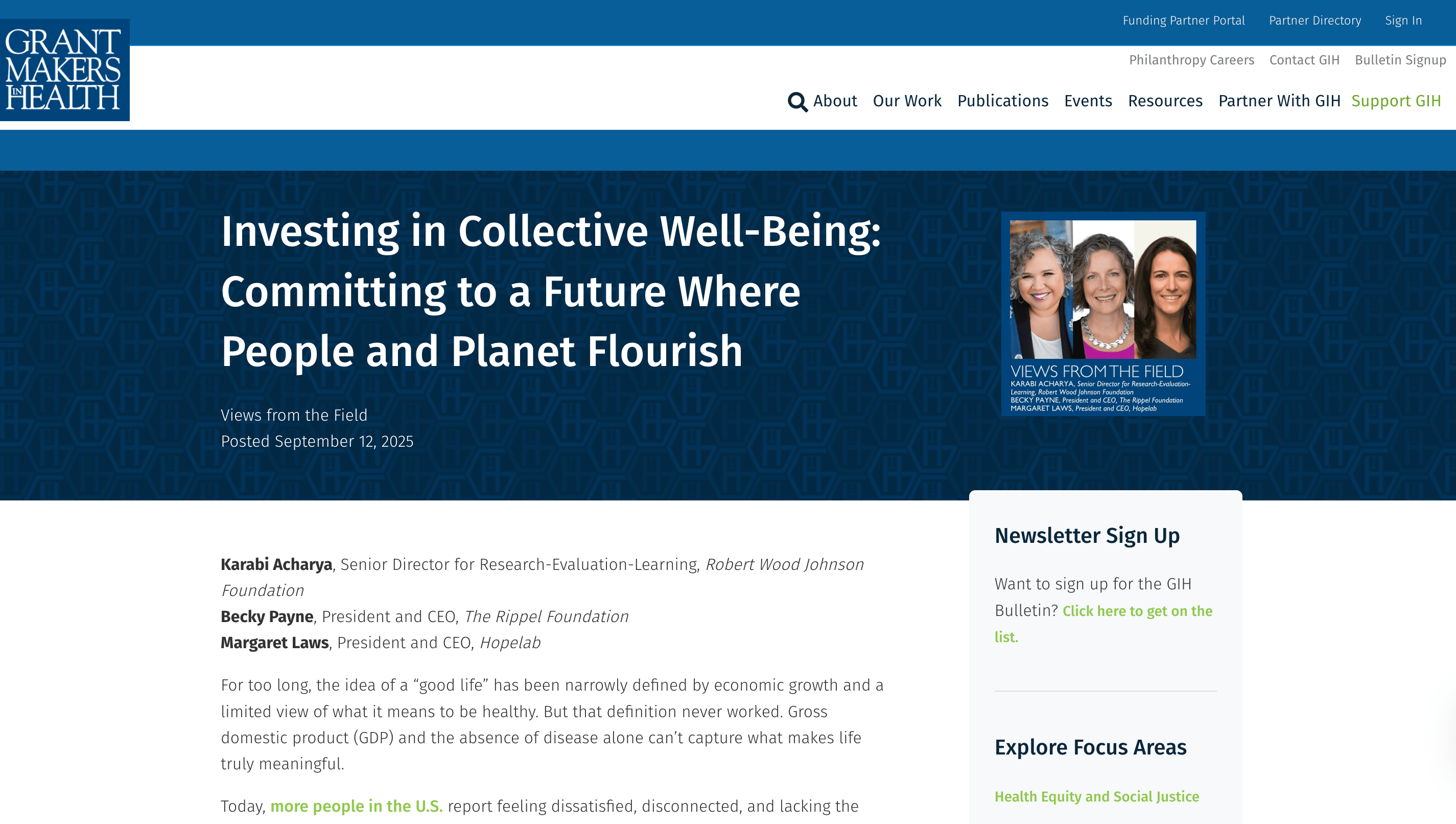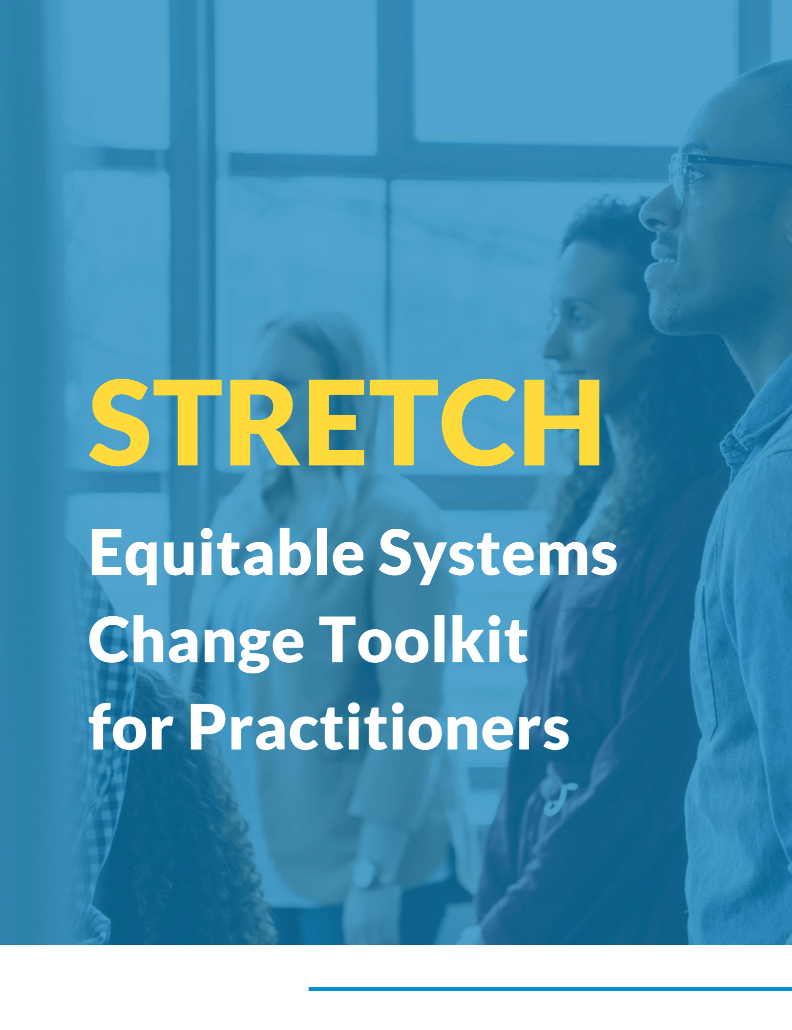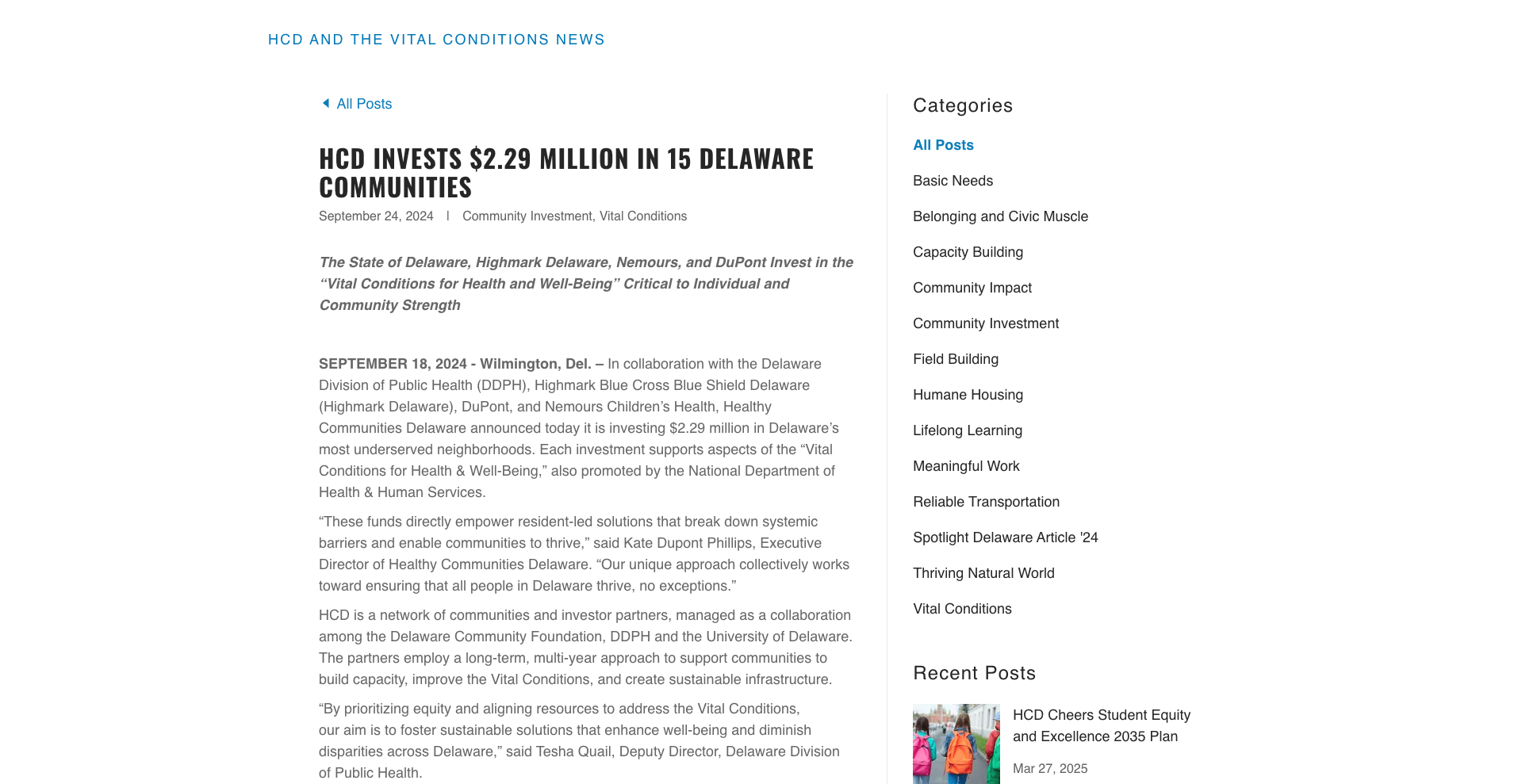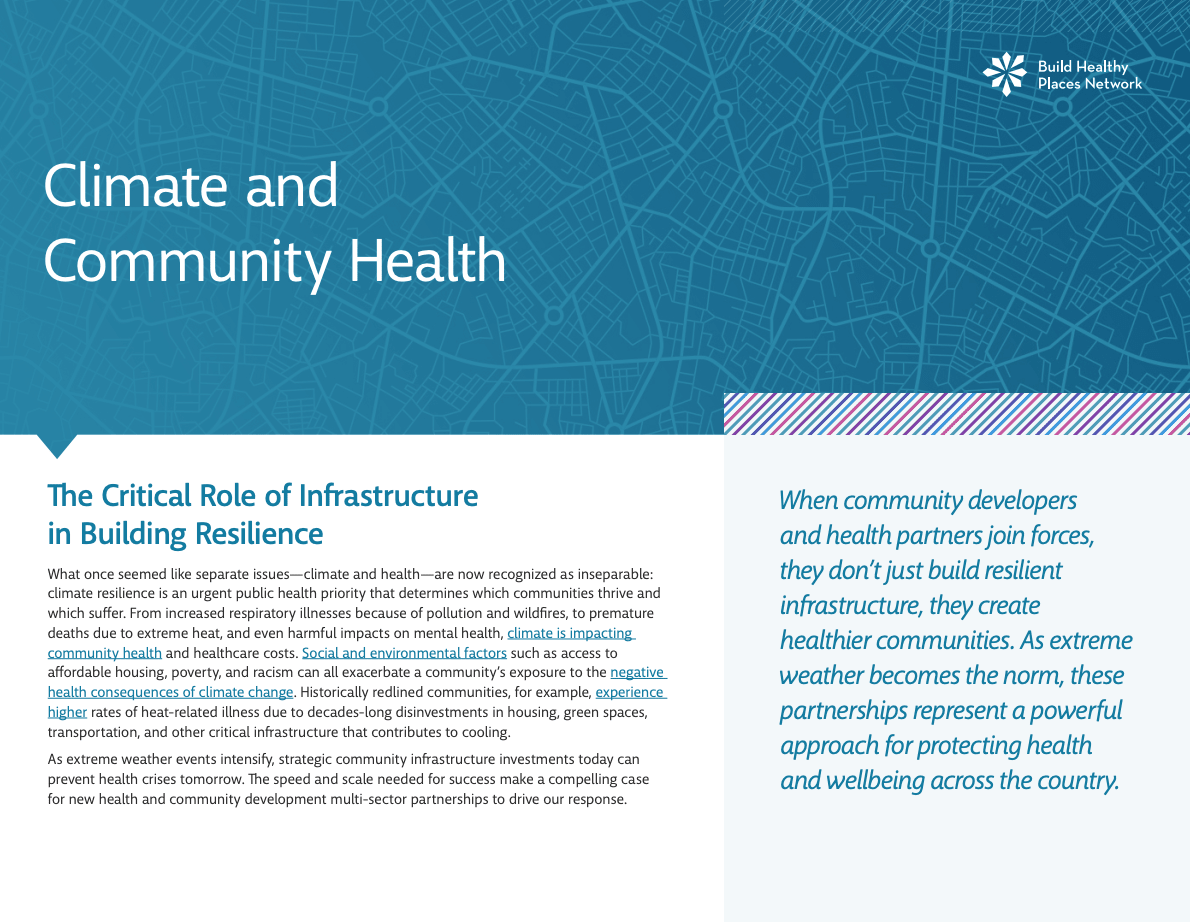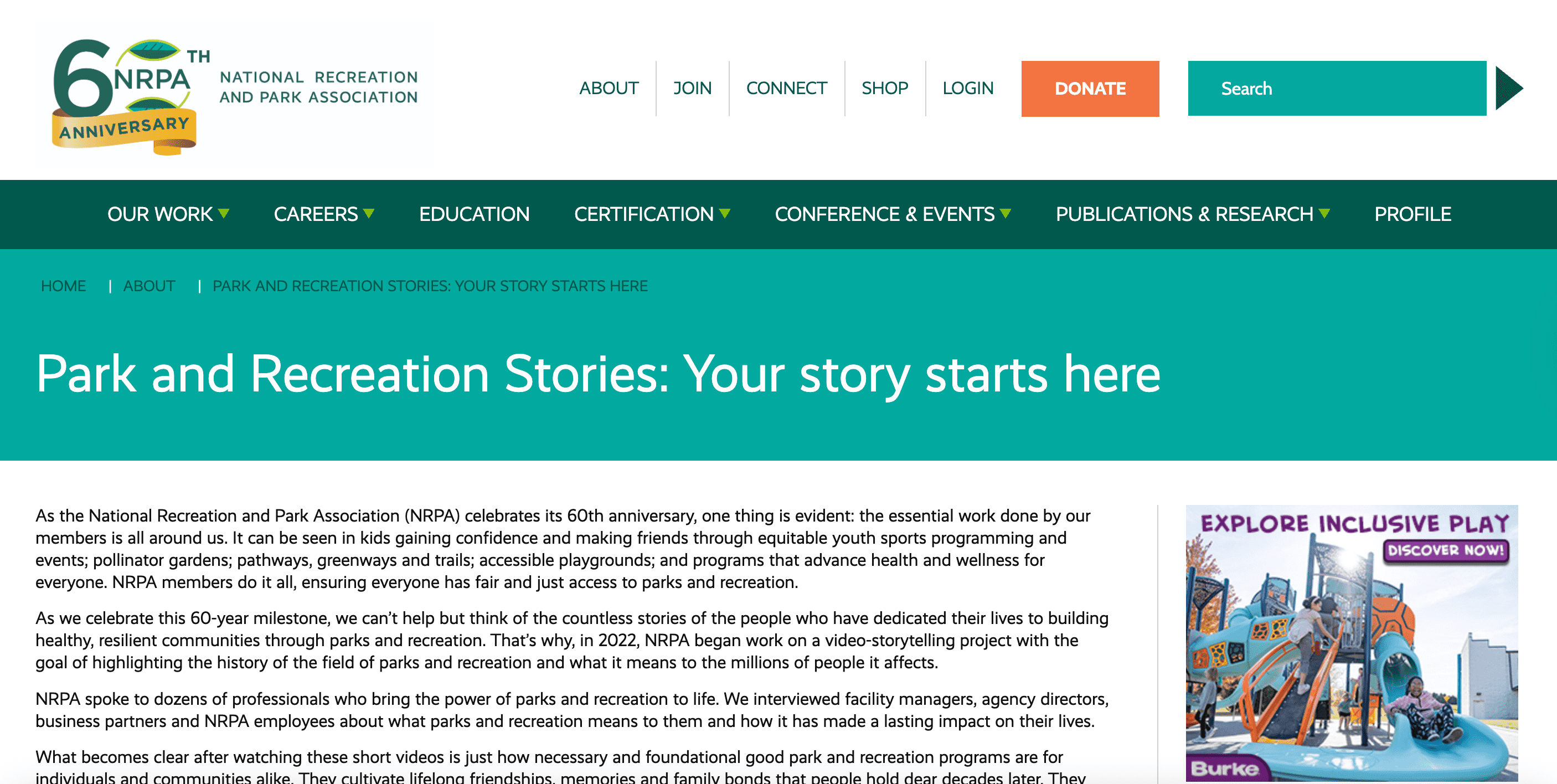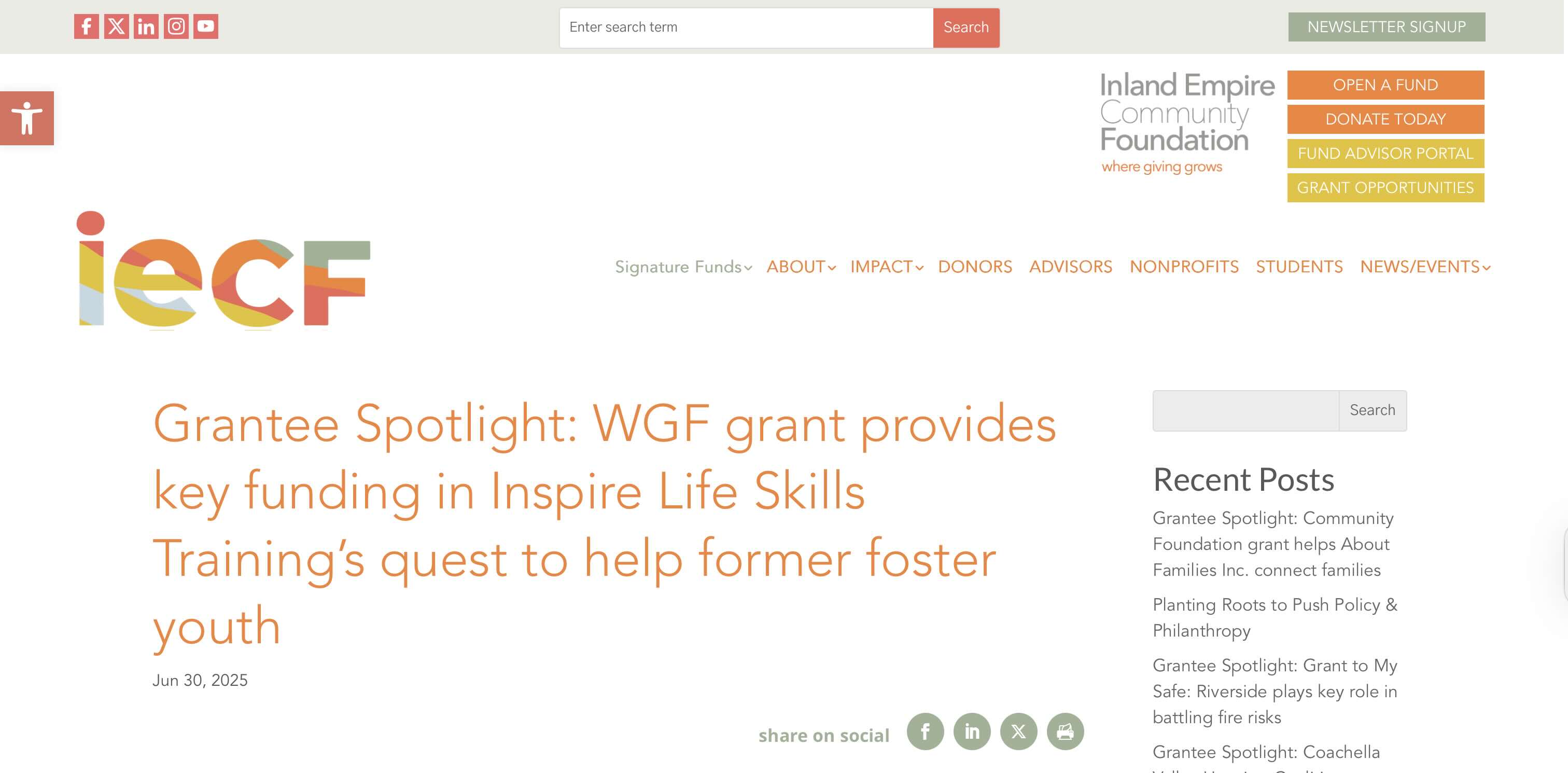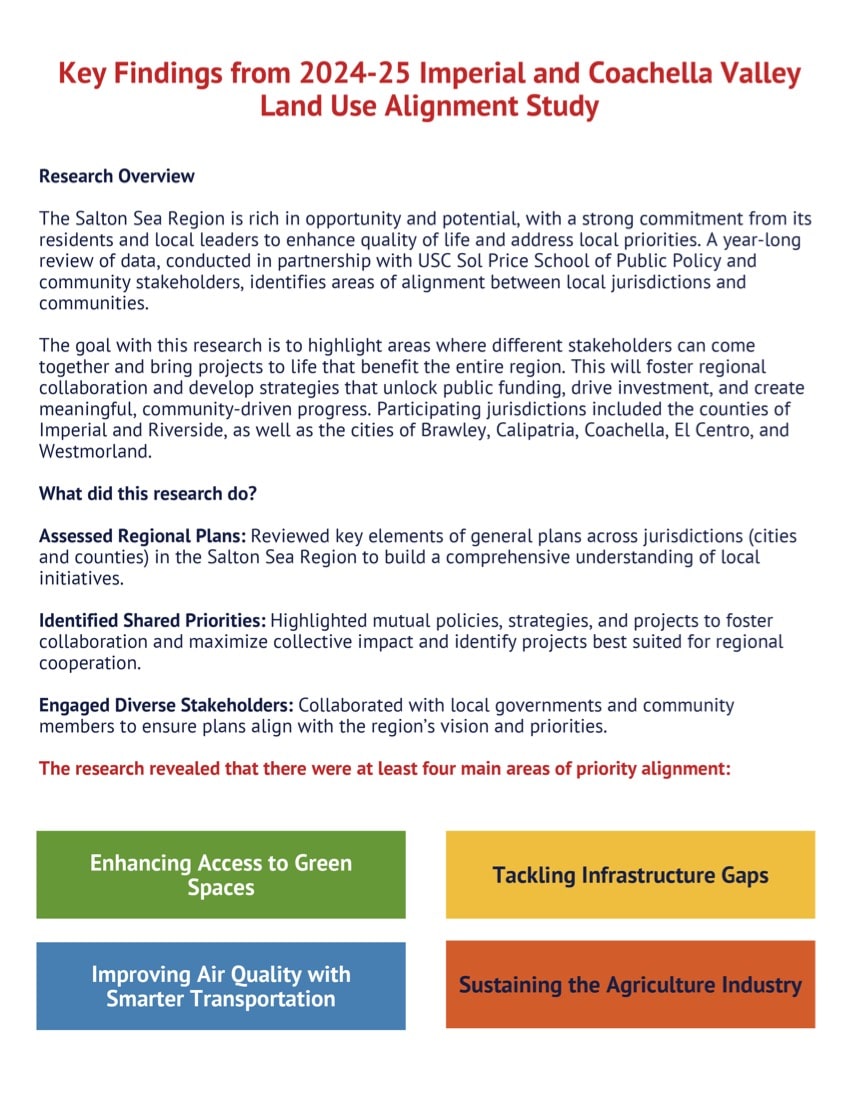Community Development
Community development encompasses public and private efforts to strengthen the economic, physical, and social environments in low-income areas. The community development sector plays a vital role in shaping thriving communities through place-based investments, economic development, and community organizing and engagement. Recognizing that there are many factors that influence health, community development aims to address poverty and upstream drivers to foster transformative change and co-create thriving communities for present and future generations.
Community development unites professionals from real estate, city planning, law, social work, public policy, public health, affordable housing, and finance fields with a common focus on improving neighborhoods. Community Development Corporations, neighborhood-level nonprofits that implement community development projects, and Community Development Financial Institutions (private financial institutions dedicated to delivering lending in disadvantaged communities) are all key players that develop and finance affordable housing, schools, community centers, health clinics, social and health services, and workforce and economic initiatives.
Today, thousands of community development organizations operate in the poorest urban and rural parts of the U.S., leveraging over $200 billion annually. The modern community development sector has its origins in the War on Poverty programs of the 1960s, which introduced new federal programs to provide education and job training, and garnered support for community planning and organizing. Growing momentum to address social justice issues of the day led by activists and stewards within government and philanthropy helped spread innovative financing models; which, alongside federal funding programs, created the community development system at the scale we see today.
The community development sector plays a precipitous and transformational role in improving vital community conditions. Expanding and improving upon community development efforts can improve well-being for people living in low- and moderate-income communities on a massive scale. With its focus on disadvantaged communities, the sector is positioned to address systemic inequities experienced by people living in poverty, as well as engage, organize, and empower marginalized communities in decision-making.
Effective community development requires collaboration across sectors, including government agencies, healthcare providers, nonprofit organizations, residents, community organizations, local leaders, and private stakeholders. Changemakers can take advantage of funding sources such as the Community Development Block Grant to invest in community centers, affordable housing, and health clinics to build healthier communities.
Community development leaders can leave lasting impacts through promoting partnerships and meaningful participation, fostering a sense of ownership, empowerment, and accountability. Leaders can advocate for policies and programs that create equitable and strategic solutions—that avoid community displacement and ensure affordable housing. Additionally, changemakers can work with place-based community leaders and leverage community voices to improve health outcomes by sharing resources, diverse knowledge, and expertise.
Resources & Tools
The Changemaker's Guide: A Community Planning Curriculum
Resource - Guide/handbook
Published on 01/01/2014
The Relationship Between Community Development and Health
Resource
Brought to you by Health Impact Project
Health Impact Assessment Can Inform Community Development Decisions: How the HIA Process Can Align Sectors in Pursuit of Shared Goals
Resource - Policy Brief
Brought to you by Health Impact Project
An Introduction to Systems Change
Story
-
 Original
Original
Brought to you by Community Commons
Published on 12/03/2024
Story of Stuff podcast: Workers as Owners
Story - Audio
Brought to you by The Democracy Collaborative
New York State’s Affordable Housing Developers: What They Do, How They Do It
Story - Written
Brought to you by Shelterforce
Published on 01/30/2014
Network Approach to Understanding Well-Being and Growing Vital Conditions
Story
-
 Original
Original
Brought to you by Community Commons
Published on 11/19/2024
How Civic Infrastructure Grows the Local Economy
Story - Written
Brought to you by Medium
Published on 08/24/2022
NIMBY: Where, When, And to Which Developers It Happens
Story - Written
Brought to you by Shelterforce
Published on 04/01/2014
Commons Good Podcast: Ali Abazeed and Sara Elhasan
Story - Audio
Brought to you by Community Commons
Published on 09/30/2024
The Cleveland Model: How the Evergreen Cooperatives Build Community Wealth
Story - Video
Brought to you by The Democracy Collaborative
Redefining Rustbelt: Ted Howard on The Anchor Dashboard
Story - Video
Brought to you by The Democracy Collaborative
Insights for Health and Community Development Partnerships from People Who Have Crossed Sectors
Story - Written
Brought to you by Shelterforce
Who, Why, and How Communities Oppose Affordable Housing
Story - Written
Brought to you by Shelterforce
Published on 04/23/2014
What Is NIMBYism and How Do Affordable Housing Developers Respond to It?
Story - Written
Brought to you by Shelterforce
Published on 11/17/2021
The Effects of NIMBY and How to Overcome Them
Story - Written
Brought to you by Shelterforce
Published on 06/11/2014
Highlights from the 2014 Jacksonville Community Wealth Building Roundtable
Story - Video
Brought to you by The Democracy Collaborative
Fascism and Isolation vs. Democracy and Interconnection: The Narrative Antidote to Authoritarianism
Resource - Blog
Brought to you by Horizons Project
How Community Health Centers Advance the Vital Conditions
Resource - Webinar
Brought to you by ReThink Health
Multisolving for Solutions to Improve the Well-Being of Our Communities
Resource
Brought to you by Healthy Communities Delaware
Investing in Collective Well-Being: Committing to a Future Where People and Planet Flourish
Resource - Website/webpage
Brought to you by Grantmakers in Health
Rural Community Toolbox: Funding and Tools to Build Healthy Drug-Free Rural Communities
Resource - Website/webpage
STRETCH 2.0: Equitable Systems Change Toolkit for Practitioners
Resource - Guide/handbook
Brought to you by STRETCH Initiative
Cultivating a Healthier Policy Landscape: The Building Healthy Communities Initiative
Resource - Journal Article
Brought to you by SAGE Publications
Framework - STRETCH 2.0: Equitable Systems Change Toolkit for Practitioners
Resource - Guide/handbook
Brought to you by STRETCH Initiative
Community at the Heart of Health System Transformation: Lessons from Accountable Communities of/for Health
Resource - Blog
Brought to you by National Civic League
Making Community Development Capital Work in Small and Midsize Cities
Resource - Report
Brought to you by Urban Institute
HCD Invests $2.29 Million in 15 Delaware Communities
Resource - Blog
Brought to you by Healthy Communities Delaware
Guide to Racial Healing: The REPAIR Framework for Community-Institution Solidarity in Racial Healing
Resource - Guide/handbook
Brought to you by Build Healthy Places Network
Climate and Community Health Factsheet: The Critical Role of Infrastructure in Building Resilience
Resource - Fact Sheet
Brought to you by PHI
(Re)Building Downtown: A Guidebook for Revitalization
Resource - Guide/handbook
Brought to you by Smart Growth America
The Connection Between Health and Housing: The Evidence and Policy Landscape
Resource - Report
Brought to you by Alliance for Health Reform
States Demonstrating the Business Case for Multisector Efforts: An Emerging Value Framework
Resource - Blog
Brought to you by NAM
The Intersection of Community Development and Mental Health
Resource - Fact Sheet
Brought to you by Build Healthy Places Network
Community Development Counteracts Isolation
Resource - Fact Sheet
Brought to you by Build Healthy Places Network
School Health: Aligning Frameworks
Resource - Guide/handbook
Brought to you by National Association of Chronic Disease Directors
Crafting a Health Equity Centered Narrative
Resource - Report
Brought to you by Build Healthy Places Network
Equitable Economic and Community Development Policy Guide
Resource - Guide/handbook
Brought to you by WIN Network
Uplifting Contextual and Experiential Evidence
Resource - Website/webpage
Brought to you by Prevention Institute
Executive Summary - STRETCH 2.0: Equitable Systems Change Toolkit for Practitioners
Resource - Guide/handbook
Brought to you by STRETCH Initiative
Engaging Local Government to Promote Health and Prosperity in West Virginia
Resource - Guide/handbook
Brought to you by Build Healthy Places Network
The Power of Arts and Culture: the Heart of Community Health, Revitalization, and Inclusion
Resource - Report
Brought to you by Local Initiatives Support Corporation
The Best of Both Worlds: A Closer Look at Creating Spaces That Connect Young and Old
Resource - Report
Brought to you by Generations United Inc.
Advocates' Guide 2017: A Primer on Federal Affordable Housing & Community Development
Resource - Policy Brief
Communities Already Burdened by Economic Hardship Face Compounding Disasters
Resource - Report
Brought to you by CHR&R
How the Health And Community Development Sectors Are Combining Forces to Improve Health and Well-Being
Resource - Journal Article
Brought to you by Project HOPE
Related Topics
